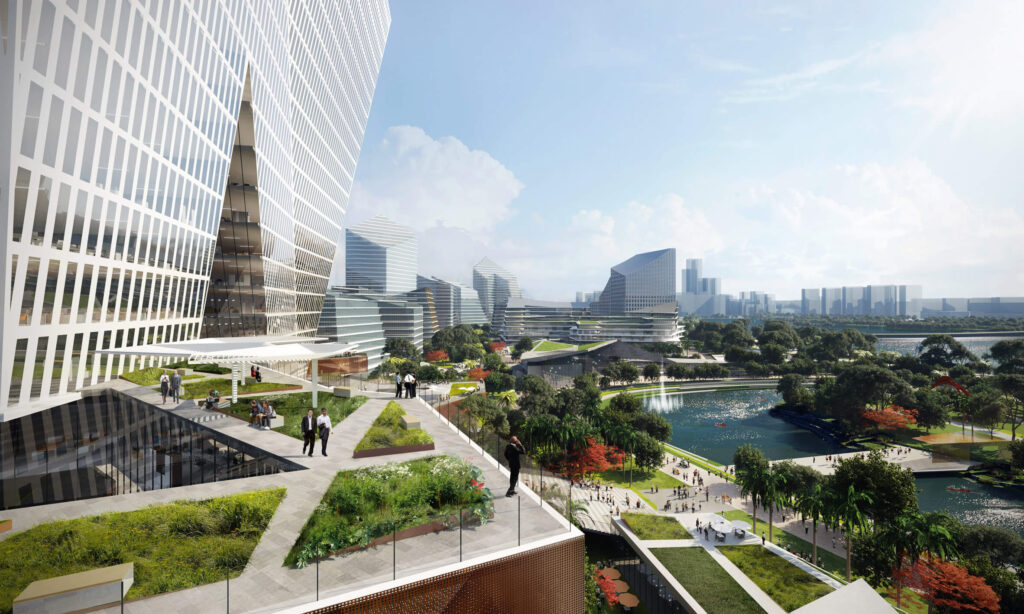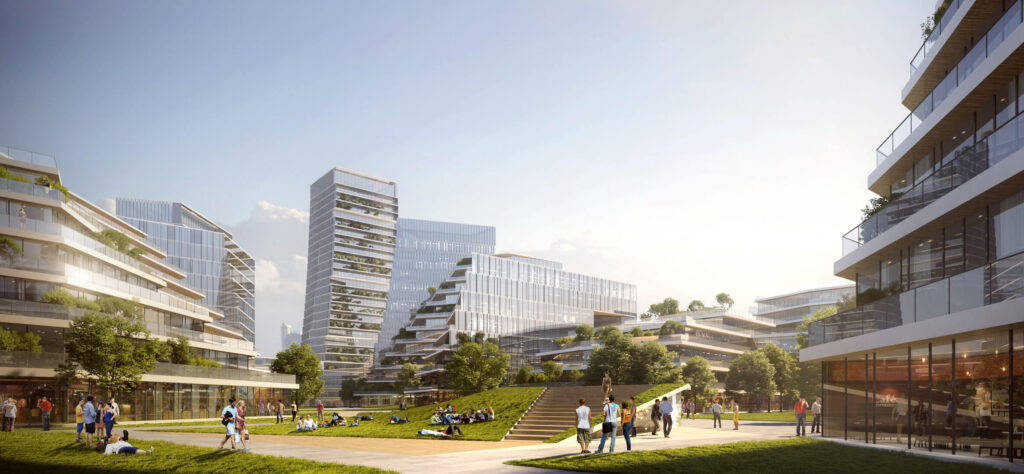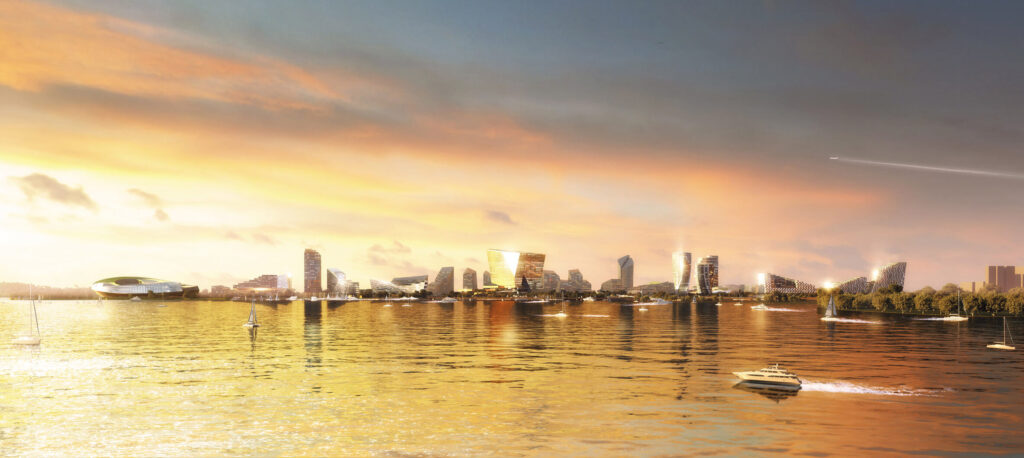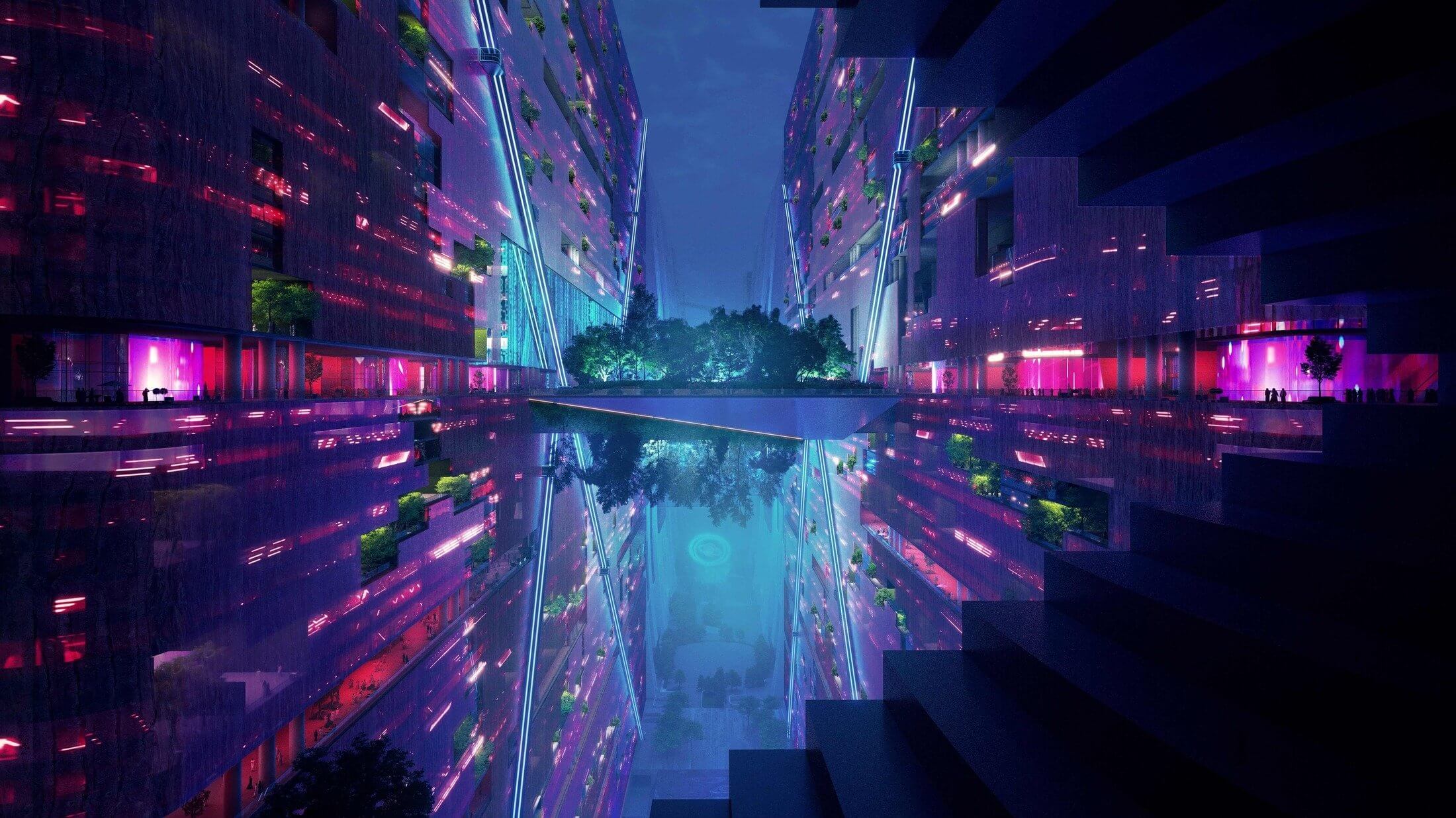
Redefining the Future of Urban Living: The Newest Smart City Projects from Across the Globe
As our world becomes increasingly urbanized, the concept of smart cities is emerging as a crucial solution to the challenges of modern urban life. Smart cities leverage advanced technology to optimize various aspects of urban life, from transportation to energy consumption, creating a more efficient, sustainable, and livable environment for their citizens. This is particularly important for future generations, who will inherit the urban environments that we create today. Smart cities offer a vision of the future that prioritizes sustainability, efficiency, and livability, providing a roadmap for creating more resilient and prosperous cities for generations to come.
What are Smart Cities?
A smart city is a city that uses information and communication technology (ICT) to improve the quality of life for its citizens, enhance sustainability, and manage city operations more efficiently. Smart cities rely on data analytics, sensors, and other digital technologies to optimize various city services, such as transportation, energy, waste management, and public safety.
A smart city is a network of interconnected devices and systems that collect and analyze data in real-time to improve decision-making processes and provide better services to citizens. The ultimate goal of a smart city is to create a more sustainable, efficient, and livable environment for its citizens. Smart cities can improve quality of life by providing better transportation options, reducing energy costs, improving air quality, and enhancing public safety. They can also attract new businesses and create new job opportunities.
Some examples:
- A smart transportation system could use data from sensors and GPS devices to optimize traffic flow and reduce congestion.
- A smart energy system could use data analytics to manage energy consumption and reduce carbon emissions.
Key features of Smart Cities:
Here are some key features that define a smart city:
- Intelligent transportation systems: Smart cities use advanced technology to optimize transportation systems, reduce traffic congestion, and improve access to public transportation. This includes systems such as smart traffic management, electric vehicles, and bike-sharing systems.
- Energy-efficient buildings: Smart cities prioritize energy efficiency in building design and operations, using technologies such as smart heating and cooling systems, energy-efficient lighting, and renewable energy sources.
- Digital infrastructure: Smart cities have robust digital infrastructure, including high-speed internet, mobile connectivity, and cloud computing. This enables citizens and businesses to access and use digital services and applications to enhance their daily lives.
- Smart governance: Smart cities use technology to improve governance and public services, such as smart parking systems, smart waste management, and online citizen engagement platforms.
- Environmental sustainability: Smart cities prioritize environmental sustainability, using technology to monitor and regulate pollution levels, reduce waste, and promote renewable energy sources.
- Data analytics: Smart cities rely on data analytics to monitor and optimize various aspects of urban life, such as traffic flow, energy usage, and public safety.
Check out the list of Smart Cities around the world:
NEOM is a planned cross-border city in the Tabuk Province of northwestern Saudi Arabia. It is a visionary project aimed at developing a futuristic city that will serve as a hub for innovation, sustainability, and technology. The name NEOM is derived from the Greek word “neo,” meaning new, and the Arabic word “moustakbal,” meaning future.
The city will be located on the Red Sea coast and will cover an area of 26,500 square kilometers, making it larger than the size of some countries. The development will focus on nine key sectors, including energy and water, biotechnology, food, advanced manufacturing, media, entertainment, and tourism.
The city will be designed to be fully autonomous, with advanced transportation systems, including self-driving cars and flying taxis, to connect residents to various parts of the city. The development will also prioritize sustainability, with a goal of achieving a zero-carbon footprint and preserving the natural environment. Saudi Arabia is also building smart tourism destinations- AMAALA and Qiddiya.
Shenzhen Marine City, also known as Ocean’s Edge, is a large-scale waterfront development located in the Nanshan District of Shenzhen, China. The development covers an area of approximately 1.6 square kilometers and is situated along the coastline of the Shenzhen Bay.
The development is designed to be integrated with the natural environment, with an emphasis on sustainability and eco-friendliness. The design features a mix of high-rise buildings and open spaces, creating a dynamic and visually stunning urban landscape. One of the key features of the development is the Shenzhen Bay Super Headquarters Base, a 700,000 square meter office complex that houses the headquarters of several large corporations.
Busan’s Eco Delta Smart City is a proposed development in Korea that aims to create a sustainable and environmentally friendly urban environment. The project is being led by Delta Electronics, a Taiwan-based company that specializes in power management solutions.
The Busan project is now in the experimental phase. Currently, 54 residents are living rent-free (they pay only for electricity and water) for three years, with a possible two-year extension, in exchange for data collected about them. It will be studied by developers, appliance manufacturers, the government, and healthcare experts
When completed, the Eco Delta Smart City development will total 30,000 homes across 11.8 square kilometers, or 4.5 square miles, of coastal wetlands, in the Nakdong River delta, at a cost of about 6.6 trillion Korean won, or about $5.6 billion.
Woven City is a planned city development project by Toyota Motor Corporation in Japan. It is a visionary project aimed at creating a prototype city of the future that will serve as a testing ground for new technologies and urban development concepts.
The city will be located at the site of a former Toyota factory in Higashi-Fuji, Japan, and will cover an area of approximately 70 hectares. The project aims to create a sustainable and connected city that incorporates advanced technologies and cutting-edge urban design concepts. The city will serve as a living laboratory for Toyota and its partners to test new technologies related to mobility, robotics, and artificial intelligence.
The city will feature three types of streets: one for autonomous vehicles, one for pedestrians, and one for micro-mobility like bicycles and scooters. The buildings in the city will be made of wood, and the city will be powered by renewable energy sources like solar panels and hydrogen fuel cells.
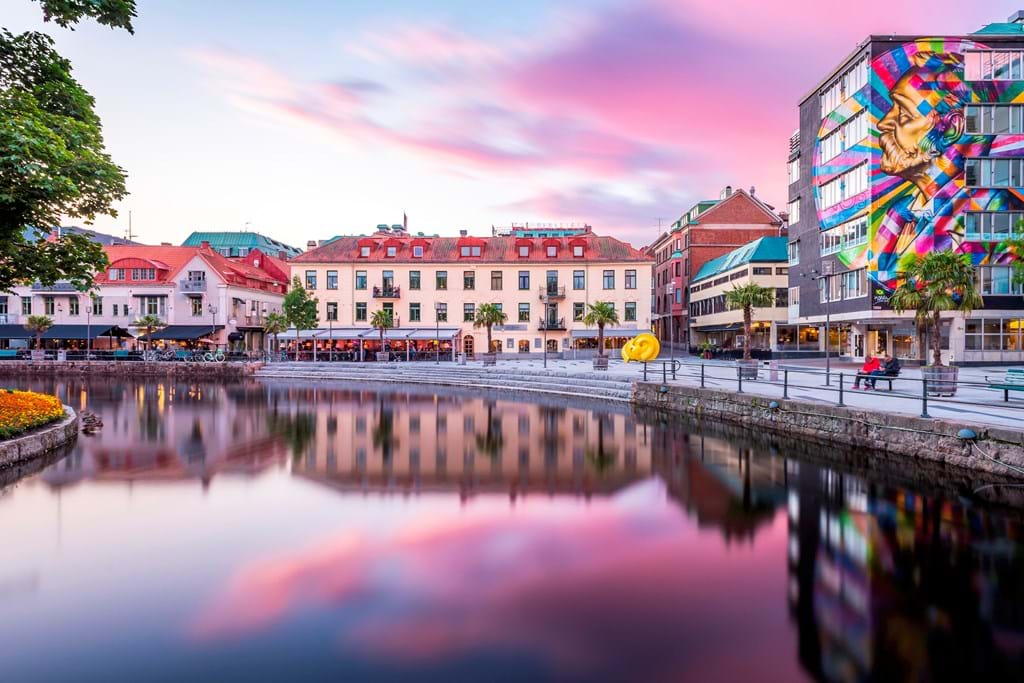
Borås Stad is a municipality in western Sweden located in the Västra Götaland County. The municipality has a population of around 113,000 and is the second-largest urban area in the county. Borås Stad has been recognized for its efforts to become a more sustainable and innovative city.
The city has implemented several smart city initiatives aimed at improving public services, reducing energy consumption, and enhancing the quality of life for residents. Some of the key features include smart lighting, smart waste management, smart energy and open data project.
Borås Stad has also implemented a smart transportation system that uses real-time data to optimize traffic flow and reduce congestion. The city has also invested in electric vehicle charging stations and a bike-sharing program to encourage sustainable transportation.
City of Telosa is a proposed sustainable and technologically advanced city project in the United States that aims to create a new model for urban development. Telosa is derived from the ancient Greek word used by Aristotle meaning “highest purpose.” The project is in still early stage.
The City of Telosa is planned to be built on an area of approximately 200,000 acres, and it is projected to house around 5 million people by 2050. The city will be designed with sustainability in mind, with a focus on renewable energy sources and eco-friendly infrastructure. The city’s transportation system will be centered around electric vehicles, and the project aims to achieve a zero-carbon footprint.
The development will also prioritize social and economic equity, with affordable housing and access to education, healthcare, and public amenities for all residents. The City of Telosa will also incorporate the latest technologies, including smart home systems, advanced transportation networks, and high-speed internet connectivity.
“Net City” in China is city-within-a-city and will occupy a stretch of reclaimed land jutting out into the Pearl River estuary. The city is conceptualized by Tencent, and designed to accommodate a population of some 80,000 people.
The city will cover around 320 acre urban area, which will prioritize pedestrians, green spaces, and self-driving vehicles. The city will also incorporate cutting-edge technology, including artificial intelligence, 5G networks, and the Internet of Things (IoT). The project aims to create a highly connected and efficient city that is sustainable and environmentally friendly.
The construction on the city started in 2020 and will be completed by 2027.
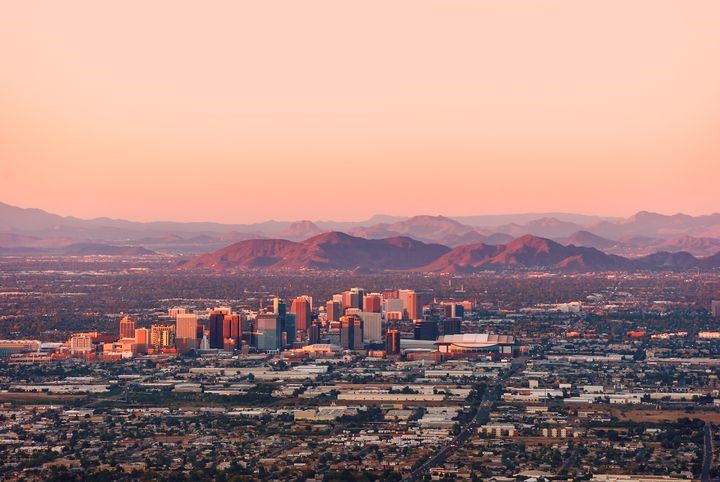
Belmont Smart City is a proposed planned city in the Phoenix metropolitan area of Arizona, United States. The project is being developed by Bill Gates’ investment firm, Cascade Investment LLC, in partnership with real estate investment firm, the Davis Companies
Of the 24,800 acres, 3,800 acres will be dedicated to office, commercial, and retail space, with 470 acres devoted to public schools. The majority of the remaining space will house 80,000 residences – enough to give the community a population of roughly 180,000.
The goal of the Belmont Smart City project is to create a technologically advanced and sustainable community that can serve as a model for future urban developments. The development will feature a range of advanced technologies, including high-speed internet, smart home systems, and autonomous vehicles, as well as sustainable energy and transportation systems.
What is the role of Smart Mobility?
Smart mobility plays a crucial role in creating a more efficient, sustainable, and livable city. By leveraging advanced technology, smart mobility systems can optimize transportation, reduce traffic congestion, and improve access to public transportation. Here are some examples of how smart mobility is being implemented in cities around the world:
- Smart traffic management: Smart traffic management systems use real-time data from sensors and cameras to monitor traffic flow and adjust traffic signals accordingly. For example, the city of Barcelona has implemented a smart traffic management system that uses data from sensors and cameras to optimize traffic flow and reduce congestion. The system has reduced travel time by 22% and decreased CO2 emissions by 21%.
- Electric vehicles and charging infrastructure: Electric vehicles (EVs) are becoming increasingly popular as a sustainable mode of transportation. Smart cities are implementing charging infrastructure for EVs, which can be managed through mobile apps and other digital platforms. For example, the city of Oslo in Norway has implemented a smart charging system for EVs, which uses renewable energy sources and can be controlled through a mobile app.
- Public transportation optimization: Smart mobility systems can optimize public transportation by providing real-time data on schedules, routes, and availability. For example, the city of London has implemented a smart transportation system called Transport for London (TfL), which provides real-time data on public transportation schedules and routes. The system has improved access to public transportation and reduced congestion on the roads.
- Bike-sharing systems: Bike-sharing systems provide an alternative mode of transportation that is sustainable and efficient. Smart bike-sharing systems use technology to track bike availability and optimize bike distribution. For example, the city of Paris has implemented a smart bike-sharing system called Vélib’, which uses sensors and GPS technology to track bike availability and optimize distribution.



